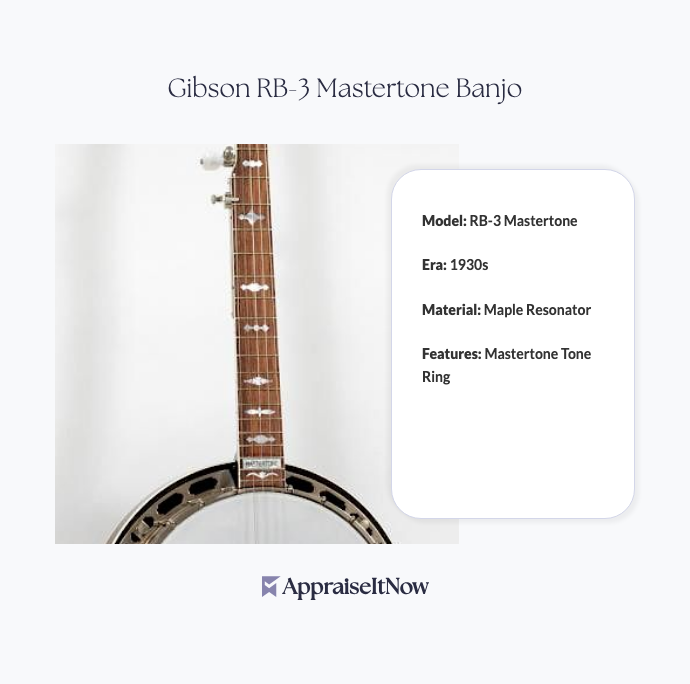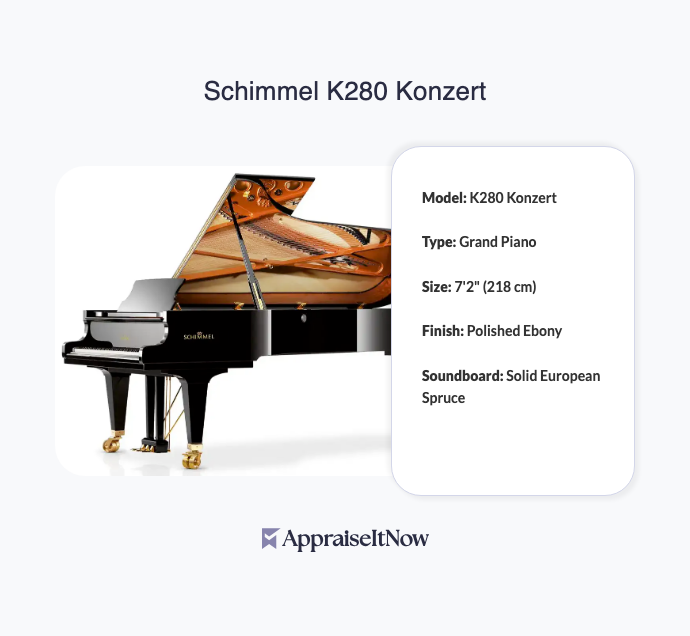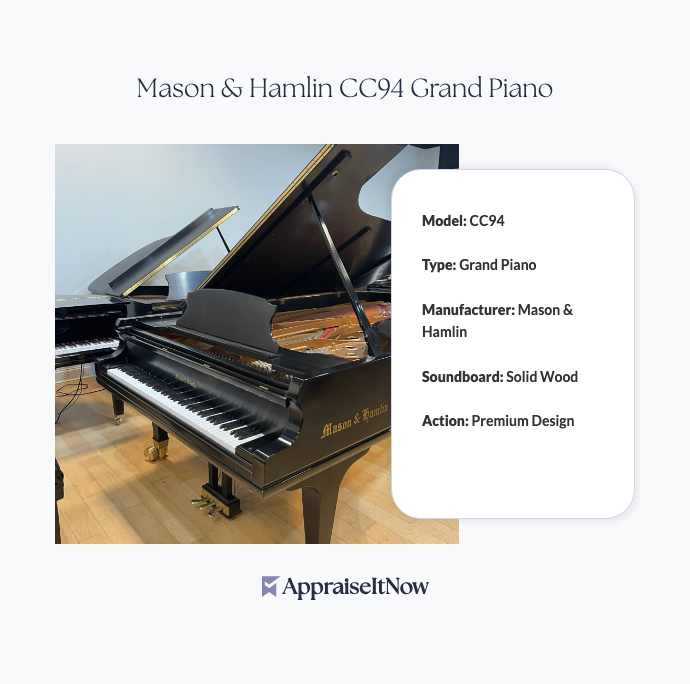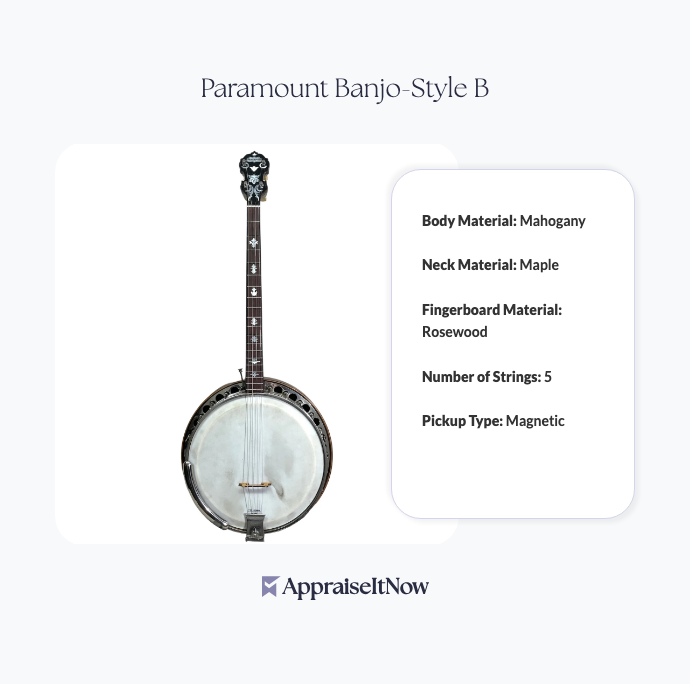<h1>How to Get Your Gibson RB-3 Mastertone Banjo Appraised</h1>
<p>The Gibson RB-3 Mastertone Banjo stands as one of the most iconic and sought-after banjos in the world, commanding values between <strong>$4,000 and $6,500</strong> in today's collector market. Whether you've inherited a family heirloom, discovered one at an estate sale, or are considering acquiring an example, understanding the appraisal process ensures you capture the true value of this exceptional instrument. A professional appraisal provides the documentation necessary for buying, selling, insurance, or estate planning purposes.</p>
<h2>Understanding What Makes Your Gibson RB-3 Special</h2>
<p>Your Gibson RB-3 Mastertone represents a pivotal moment in American music history. Introduced in the 1930s, the RB-3 became the preferred choice of professional musicians who demanded nothing less than perfect tone and craftsmanship. The combination of the distinctive <strong>Mastertone tone ring</strong>, <strong>maple resonator</strong>, and carefully engineered peghead shape created an instrument that defined the bluegrass and old-time music sound for generations.</p>
<div class="callout tip"><p><strong>Historical Context</strong></p>
<p>The RB-3's reputation for rich, resonant sound made it the standard bearer for professional musicians during the golden age of string music—a legacy that directly translates to today's valuations.</p></div>
<p>What separates the RB-3 from lesser banjos? The Mastertone tone ring represents Gibson's engineering breakthrough, creating acoustic properties that remain unmatched by contemporary designs. This technical superiority, combined with impeccable build quality and limited production runs, explains why old banjos retain such significant value and why serious musicians and collectors actively pursue RB-3 examples today.</p>
<h2>Key Factors That Impact Your RB-3's Appraisal Value</h2>
<p>When determining your Gibson RB-3 Mastertone's worth, several interconnected factors come into play. Unlike mass-produced instruments, each RB-3 tells a unique story through its condition, origin, and documented history.</p>
<p><strong>Condition and originality</strong> serve as primary value drivers. An RB-3 with original finish, original hardware, and unmodified components commands premium pricing compared to refinished examples. Banjo appraisers examine the resonator for cracks, the rim for dents or wear, and the hardware for replacement versus original parts. The tone ring's integrity, whether it retains its original lacquer and finish, significantly affects valuation within that $4,000-$6,500 range.</p>
<p><strong>Production year and serial numbers</strong> matter considerably. The specific era of manufacture—whether your RB-3 dates to the early 1930s, mid-1930s, or later production—influences its rarity and desirability. Gibson's documentation, when available, validates authenticity and helps appraisers position your instrument within the current market.</p>
<p><strong>Provenance and ownership history</strong> add another valuation dimension. An RB-3 with documented professional musician ownership, particularly within bluegrass or old-time music circles, carries additional prestige. Conversely, instruments with clear estate or family ownership also appeal to collectors seeking authentic use history.</p>
<div class="callout note"><p><strong>Professional Insight</strong></p>
<p>Documented performance history—whether your RB-3 appears on recordings, played at notable venues, or was owned by known musicians—can increase valuation by 15-25% among serious collectors and institutions.</p></div>
<h2>The Gibson RB-3 in Today's Collectible Instrument Market</h2>
<p>Understanding broader market dynamics helps contextualize your specific banjo's worth. The question of what constitutes the best banjo brand often returns the Gibson Mastertone as the consensus answer among serious musicians and collectors. This sustained demand reflects not nostalgia but genuine acoustic superiority—the RB-3's tone remains uncompromised by modern manufacturing pressures or cost-cutting measures.</p>
<p>When collectors ask whether old banjos are worth money, the answer is decidedly yes—but with important caveats. Not all vintage banjos command significant values; rather, specific models like the RB-3 retain and appreciate in value due to their reputation, rarity, and undiminished sound quality. Your RB-3 occupies the premium tier of the vintage banjo market, alongside fellow Mastertone models and select pre-war instruments from competing manufacturers.</p>
<p>Gibson's manufacturing history adds credibility to valuations. While Gibson stopped making banjos in various periods, the company never ceased entirely, and modern Gibson banjos maintain quality standards that respect the legacy of instruments like your RB-3. This continuity means professional appraisers can trace construction details, materials, and techniques with confidence. Understanding how to tell if a Gibson is authentic becomes crucial when <a href="/blog/assessing-the-value-of-musical-instruments-appraisals-of-vintage-guitars-pianos-and-violins">appraising vintage and collectible instruments</a>.</p>
<h2>Determining Your RB-3's Condition Grade</h2>
<p>Professional appraisers use standardized condition grading that directly correlates to market value. An RB-3 in excellent condition—meaning minimal wear, original finish with patina, no repairs, and all original hardware—sits at the top of your valuation range. Very good condition examples, showing light playing wear but no structural issues, occupy the mid-to-upper range.</p>
<p>Condition considerations specific to banjos include examining the pot metal, checking rim integrity for cracks or separation, assessing hardware for corrosion or missing parts, and evaluating the resonator for damage or alterations. A professional appraisal includes detailed photography and condition notes that establish your RB-3's precise grade, directly supporting fair market value estimates.</p>
<p>Refinished instruments typically see 20-30% valuation reductions compared to original-finish examples, as collectors and musicians value the acoustic and aesthetic qualities of period-appropriate finishing. Similarly, replaced hardware or structural repairs, though sometimes necessary for playability, may reduce market appeal among purist collectors who value originality above playability.</p>
<h2>Why Professional Appraisal Matters for Your Investment</h2>
<p>Whether you're listing your RB-3 for sale, seeking insurance coverage, planning estate distribution, or simply wanting to understand your collection's worth, a professional appraisal provides indispensable documentation. Unlike casual estimates or online price guides, certified appraisals offer <a href="/blog/appraisal-101-everything-you-need-to-know-before-buying-or-selling">USPAP-compliant valuations</a> accepted by auction houses, insurance companies, and financial institutions.</p>
<p>Professional appraisers bring specialized knowledge about musical instruments that general property assessors simply don't possess. They understand the acoustic factors that drive value, recognize subtle construction variations that indicate manufacturing era, and access comparable sales data from auction results and dealer listings. This expertise translates directly to accurate valuations that reflect your RB-3's true market position.</p>
<p>For insurance purposes, a detailed appraisal ensures replacement coverage should loss or damage occur. Many homeowners policies exclude or undervalue collectible instruments; a professional appraisal provides the documentation insurers need to extend appropriate coverage at agreed-upon values.</p>
<div class="callout tip"><p><strong>Smart Planning</strong></p>
<p>Update your Gibson RB-3 appraisal every 3-5 years to reflect market appreciation and changing condition, particularly if you've had the instrument professionally serviced or restored.</p></div>
<h2>How to Find the Right Appraiser for Your Gibson RB-3</h2>
<p>Selecting an appropriate appraiser requires identifying someone with specific expertise in vintage banjos and stringed instruments. You'll want credentials demonstrating professional standing—look for appraisers affiliated with organizations like the AAA, ISA, ASA, CAGA, or AMEA that specialize in <a href="/blog/a-guide-to-professional-personal-property-appraisals">personal property appraisals</a>.</p>
<p>The best appraisers combine formal credentials with practical experience valuing instruments similar to your RB-3. Someone who regularly appraises <a href="/types/memorabilia-and-collectibles">memorabilia and collectibles</a>, particularly musical instruments, understands the nuanced factors that distinguish a $4,000 example from a $6,500 specimen. Don't hesitate to ask about their experience specifically with Gibson Mastertones and their familiarity with current market prices.</p>
<p>AppraiseItNow connects you with credentialed experts across the U.S. who specialize in stringed instrument valuations. Through our platform, you can submit photographs, descriptions, and documentation securely online and receive certified appraisals from professionals trained in USPAP standards. This streamlined process delivers professional documentation without the need to transport your valuable instrument or wait for in-person appointments.</p>
<h2>What to Expect During the Appraisal Process</h2>
<p>A comprehensive Gibson RB-3 appraisal typically begins with detailed examination of your specific instrument. The appraiser will evaluate the resonator's condition, examine the tone ring for original components, inspect the hardware for authenticity and replacement parts, and assess structural integrity including the neck and peghead for cracks or repairs.</p>
<p>Documentation forms the second critical component. The appraiser will photograph your RB-3 from multiple angles, capturing overall condition, close-up details of the tone ring and hardware, and any unique identifying features like serial numbers or maker's marks. This photographic record, combined with detailed condition notes, creates a permanent record of your instrument's status at appraisal time.</p>
<p>Market research completes the process. Your appraiser will review recent comparable sales from auction houses, dealer listings, and private transaction data to establish fair market value. This comparative analysis positions your specific RB-3 within the broader $4,000-$6,500 range based on its unique characteristics.</p>
<h2>Understanding Your RB-3's Market Position</h2>
<p>The Gibson RB-3 occupies a distinct market position among American musical instruments. While questions about whether Gibson still manufactures banjos have varied answers depending on the product line, the historic RB-3 remains unmade and increasingly difficult to locate in good condition. This scarcity directly supports valuations and creates steady collector demand.</p>
<p>Among musicians and serious enthusiasts, the RB-3 represents something almost impossible to achieve in modern manufacturing—an instrument created without compromise to specifications that prioritize tone and playability above production cost. Professional musicians who play authentic bluegrass and old-time music consistently seek out RB-3 examples, knowing that nothing modern quite captures that essential character. This combination of scarcity, acoustic superiority, and sustained professional demand ensures your RB-3 maintains strong valuation prospects.</p>
<h2>Documentation and Authentication Considerations</h2>
<p>Authenticating your Gibson RB-3 becomes increasingly important as the instrument ages and documentation becomes scarcer. A professional appraisal includes authentication assessment, examining construction techniques, materials, hardware, and design details that confirm Gibson manufacture and establish the specific production era.</p>
<p>Serial numbers, when present and legible, help pinpoint manufacturing dates with remarkable precision. Gibson maintained manufacturing records for much of the RB-3's production, and professional appraisers know how to access this documentation. Even without serial numbers, construction details—the specific tone ring design, hardware specifications, finish composition, and wood selection—tell experienced appraisers compelling stories about your instrument's origin and age.</p>
<p>Original documentation, including case labels, sales receipts, or musician-owned provenance, substantially enhances both authenticity and value. If you possess any historical documentation related to your RB-3's ownership or use, provide this to your appraiser. Such documentation often justifies valuations at the upper end of the range and provides compelling narratives for potential buyers or collectors.</p>
<div class="callout note"><p><strong>Key Takeaway</strong></p>
<p>A certified appraisal of your Gibson RB-3 Mastertone Banjo provides accurate fair market value documentation, professional authentication, and protection for your valuable instrument—whether you're planning to sell, insure, or simply understand what you own. Professional appraisers bring specialized expertise and market knowledge that casual estimates cannot match, ensuring you capture the true worth of this iconic American instrument.</p></div>







.avif)







